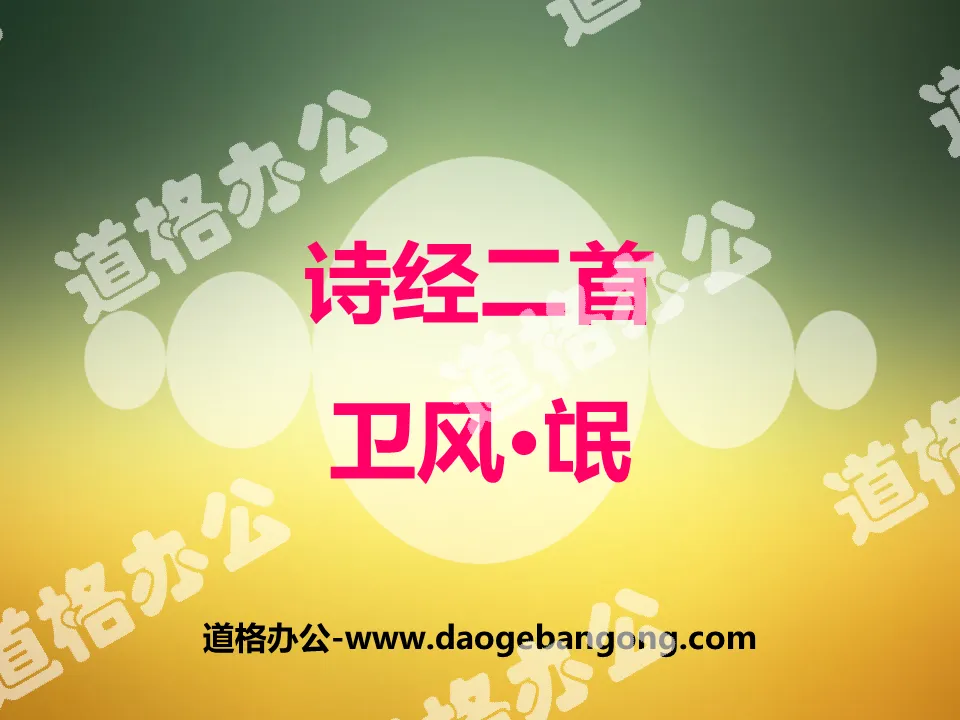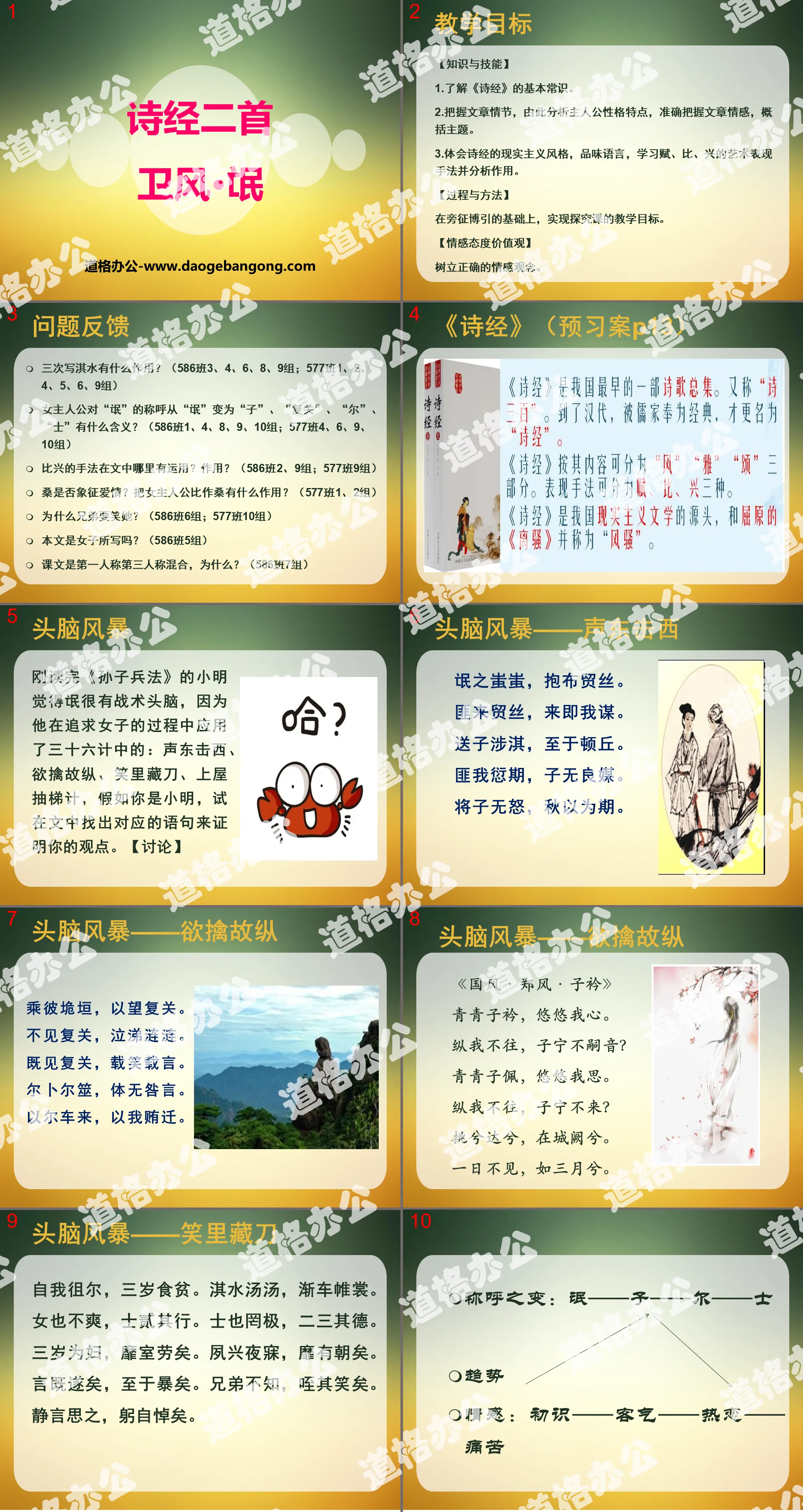The second volume of first-grade Chinese compiled by the People's Education Publishing House
The second volume of fifth-grade Chinese compiled by the People's Education Publishing House
The first volume of Chinese language for eighth grade compiled by the People's Education Publishing House
The first volume of first-grade Chinese compiled by the People's Education Publishing House
The first volume of ninth-grade Chinese compiled by the People's Education Publishing House
The first volume of fourth-grade Chinese compiled by the People's Education Publishing House
The first volume of Chinese language for sixth grade compiled by the People's Education Publishing House
The second volume of Chinese language for eighth grade compiled by the People's Education Publishing House
The first volume of Chinese language for fifth grade compiled by the People's Education Publishing House
The first volume of second-grade Chinese compiled by the People's Education Publishing House
Hunan Education Edition Third Grade Chinese Language Volume 1
The second volume of fourth-grade Chinese compiled by the People's Education Publishing House
The first volume of third-grade Chinese compiled by the People's Education Publishing House
The second volume of second-grade Chinese compiled by the People's Education Publishing House
The second volume of Chinese language for sixth grade compiled by the People's Education Publishing House
The second volume of seventh-grade Chinese compiled by the People's Education Publishing House

| Category | Format | Size |
|---|---|---|
| People's Education Press High School Chinese Compulsory Course 2 | pptx | 6 MB |
Description
"Two Poems from the Book of Songs" PPT courseware
Part One: Teaching Objectives
【Knowledge and Skills】
1. Understand the basic common sense of "The Book of Songs".
2. Grasp the plot of the article, analyze the character characteristics of the protagonist, accurately grasp the emotion of the article, and summarize the theme.
3. Understand the realistic style of the Book of Songs, taste the language, learn the artistic expression techniques of Fu, Bi and Xing and analyze their effects.
【Process and Method】
On the basis of extensive quotations, the teaching objectives of the inquiry course are achieved.
[Emotional attitudes and values]
Establish a correct emotional concept.
Two Poems from the Book of Songs PPT, the second part: feedback on questions
What is the effect of writing Qishui three times? (Class 586, groups 3, 4, 6, 8, and 9; Class 577, groups 1, 2, 4, 5, 6, and 9)
What does it mean when the heroine's name for "Meng" changes from "Meng" to "Zi", "Fuguan", "Er", and "Shi"? (Class 586, groups 1, 4, 8, 9, and 10; Class 577, groups 4, 6, 9, and 10)
Where is Bixing's technique used in the text? effect? (Class 586, 2 and 9 groups; Class 577, 9 groups)
Does mulberry symbolize love? What is the purpose of comparing the heroine to Sang? (Group 1 and 2 of Class 577)
Why do brothers laugh at her? (Class 586, 6 groups; Class 577, 10 groups)
Was this article written by a woman? (5 groups of Class 586)
The text is in first person and third person mixed, why? (Class 586, 7 groups)
Two Poems from the Book of Songs PPT, the third part: brainstorming
Xiao Ming, who had just finished reading "The Art of War" by Sun Tzu, felt that the gangster was very tactical, because he used the thirty-six strategies in the process of pursuing a woman: attacking in the east and attacking in the west, playing hard to get, hiding a knife in a smile, and going up to the house to take out the ladder. If you are Xiao Ming, Try to find corresponding sentences in the text to prove your point. 【discuss】
Make a sound in the east and attack in the west
The rogue Chi Chi holds cloth and silk.
Bandits come to trade silk, and when they come, they come to plot against me.
Send the son to Sheqi, and go to Dunqiu.
The bandit is my fault, and I am an unscrupulous matchmaker.
The general will not be angry, and autumn will come.
Play hard to get
Take advantage of that wall to hope that the pass will be restored.
Not seeing the return pass, I burst into tears.
Seeing the return pass, I laughed and talked.
Erbu Erzhen, the body has no blame words.
Come with your car and move with my bribe.
Two PPTs from the Book of Songs, part 4: Insight into everything
Yes! Paragraph! Fall! No! Talk!
Before the mulberry leaves fall, their leaves are as bright as silk.
The mulberry trees have fallen, and they have turned yellow and fallen.
The doves are crying, and there are no mulberries to eat!
As a lamenting girl, I have no time to spend time with scholars!
Comparison: "Use that thing to describe this thing", that is, making a metaphor.
Xing: "Tell other things first to trigger the words to be chanted", that is, describe other things first to trigger the main topic.
The advantages of using Bixing technique in these two places are:
(1) Structurally:
① Insert a descriptive sentence into the narrative to temporarily interrupt the narrative, thus avoiding the straightforward narrative and giving an overview;
②The inserted Bixing sentence also plays a hinting role in the content. The reader can realize that the woman's married life is not happy, so the narrative clues seem to be disconnected;
③The first half of the poem is about before marriage, and the second half is about after marriage. The ratio in the middle plays a transitional role.
(2) Content:
① Bixing sentences evoke rich associations. "The mulberry trees have not yet fallen, but their leaves are like trees" and "The mulberry trees have fallen, and their yellow leaves have fallen." It is generally believed that they are compared to the moistening and aging of a woman's face respectively, and accordingly it is speculated that the decline of a woman's appearance as she grows older is the result of a "gangster"'s change of heart. important reasons. However, we might as well understand it more broadly. For example, "The mulberry leaves have not yet fallen, and their leaves are like they are" gives people a feeling of vitality, just like when the love between the heroine and the "gangster" is strong; The scene of "yellow and falling" is like when the relationship between two people has dried up.
② Using the mulberry tree that the woman is familiar with as a comparison is very consistent with the heroine's identity as a working woman (from the sentence "holding cloth and silk", she raises silkworms to make silk), full of life, and also hints at her hard work .
Keywords: Free download of PPT courseware for high school Chinese compulsory course 2 from the People's Education Press, PPT download of two poems from the Book of Songs, PPT download, .PPT format;
For more information about the PPT courseware "Two Poems from the Book of Songs", please click the "Two Poems from the Book of Songs" ppt tag.
"Two Poems from the Book of Songs" PPT free courseware:
"Two Poems from the Book of Songs" PPT Free Courseware Part One Contents: Explanation 1. Caiwei is selected from "The Book of Songs": Xiaoya 2. What kind of music is "Xiaoya"? Gong Tingya is the music of the area directly under the Zhou Dynasty, which is the so-called Gentle music. It is orthodox music. Mainly used for system...
"Two Poems from the Book of Songs" PPT courseware download:
"Two Poems from the Book of Songs" PPT Courseware Download Part One: Related Materials from "The Book of Songs" The basic sentence structure of "The Book of Songs" is four characters, sometimes mixed with various sentence structures from two to nine characters. It uses the expression techniques of Fu, Bi and Xing, often in the form of repeated chapters and choruses, and a large number of...
"Two Poems from the Book of Songs" PPT teaching courseware:
"Two Poems from the Book of Songs" PPT teaching courseware Part One: Introduction to "The Book of Songs" "The Book of Songs" is the earliest poetry collection in my country. Originally it was only called "The Book of Songs", but it was listed as one of the Confucian classics, so it was called "The Book of Songs". The Book of Songs is divided into three parts: Feng, Ya, and Song. "poetry..
File Info
Update Time: 2024-11-24
This template belongs to Chinese courseware People's Education Press High School Chinese Compulsory Course 2 industry PPT template
"Two Poems from the Book of Songs" PPT courseware Simple campus recruitment activity planning plan summary enterprise and institution recruitment publicity lecture PPT template is a general PPT template for business post competition provided by the manuscript PPT, simple campus recruitment activity planning plan summary enterprise and institution recruitment promotion Lecture PPT template, you can edit and modify the text and pictures in the source file by downloading the source file. If you want more exquisite business PPT templates, you can come to grid resource. Doug resource PPT, massive PPT template slide material download, we only make high-quality PPT templates!
Tips: If you open the template and feel that it is not suitable for all your needs, you can search for related content "Two Poems from the Book of Songs" PPT courseware is enough.
How to use the Windows system template
Directly decompress the file and use it with office or wps
How to use the Mac system template
Directly decompress the file and use it Office or wps can be used
Related reading
For more detailed PPT-related tutorials and font tutorials, you can view: Click to see
How to create a high-quality technological sense PPT? 4 ways to share the bottom of the box
Notice
Do not download in WeChat, Zhihu, QQ, built-in browsers, please use mobile browsers to download! If you are a mobile phone user, please download it on your computer!
1. The manuscript PPT is only for study and reference, please delete it 24 hours after downloading.
2. If the resource involves your legitimate rights and interests, delete it immediately.
3. Contact information: service@daogebangong.com
"Two Poems from the Book of Songs" PPT courseware, due to usage restrictions, it is only for personal study and reference use. For commercial use, please go to the relevant official website for authorization.
(Personal non-commercial use refers to the use of this font to complete the display of personal works, including but not limited to the design of personal papers, resumes, etc.)
Preview










